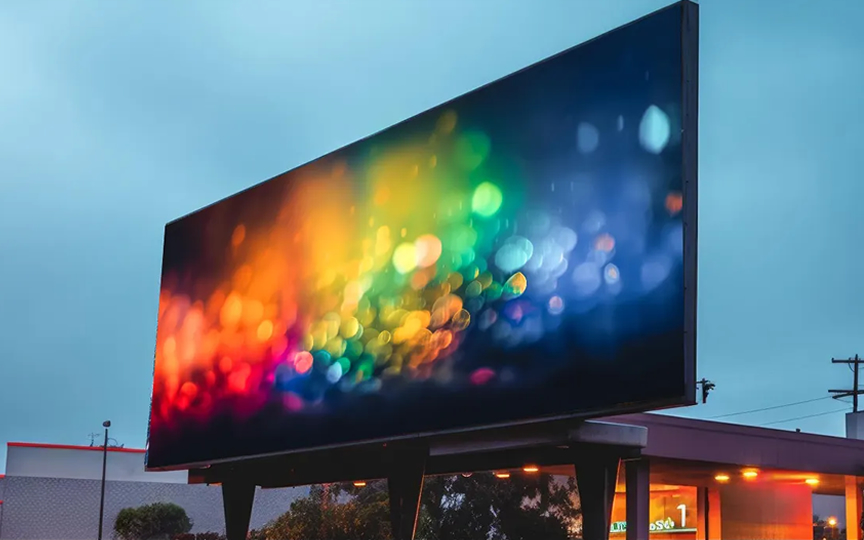When it comes to investing in an LED display—whether for advertising, events, retail, or control rooms—asking the right questions before purchasing is essential. The right display can enhance your brand visibility and audience engagement, while the wrong one can result in wasted time and budget.

Here are the top questions every buyer should ask before purchasing an LED display:
1. What Is the Primary Use of the Display?
Clearly define the application:
Is it for indoor or outdoor use?
Will it be used for advertising, stage backdrops, information display, or monitoring?
Does it need to be movable (rental) or fixed in one location?
Your use case determines key specifications such as brightness, IP rating, pixel pitch, and cabinet type.
2. What Pixel Pitch Do I Need?
Pixel pitch refers to the distance between the centers of two LEDs. A smaller pixel pitch means higher resolution and is ideal for closer viewing distances. For example:
P2.5–P4: Best for indoor, close-viewing environments
P6–P10: Suitable for larger outdoor displays viewed from afar
Ask your supplier for recommendations based on your installation environment and audience distance.
3. Is the Display Suitable for My Environment?
Environmental conditions like sunlight, humidity, rain, and dust affect display performance. Ask:
What is the IP rating (waterproof and dustproof)?
What is the brightness level (measured in nits)? Outdoor displays need 4,000–7,000+ nits.
4. What Size and Aspect Ratio Should I Choose?
Display size depends on installation space and content format. Ask:
Can the display be customized to fit a specific dimension?
What’s the recommended aspect ratio for my content (16:9, 4:3, etc.)?
5. How Is the LED Display Controlled?
Control systems affect usability and compatibility. Ask:
Is the system synchronous or asynchronous?
Can I upload content remotely?
Does it support Wi-Fi, 4G, USB, or cloud control?
6. What Is the Maintenance Process Like?
LED displays require regular maintenance. Ask:
Is it front access or rear access?
How easy is it to replace modules or power supplies?
Is there local or remote technical support?
7. What Is the Warranty and After-Sales Support Policy?
Always understand the warranty terms:
What does the warranty cover (LED modules, power supply, control system)?
How long is the warranty period (usually 1–3 years)?
What support is available after purchase?
8. What Is the Total Cost of Ownership?
Beyond the initial price, ask about:
Shipping and import fees
Installation and mounting structure
Power consumption and long-term energy cost
9. Can You Provide Certifications and Case Studies?
A reliable supplier should provide:
CE, RoHS, FCC, or other certifications
Photos or videos of past projects
References from previous clients
10. What Is the Production and Delivery Time?
Lead time affects your project schedule. Ask:
How long does production take?
How is the display packaged and shipped?
Can you guarantee on-time delivery?
Asking these questions will help you make an informed decision and avoid common pitfalls when buying an LED display. At Topview Display, we’re here to guide you through every step—from choosing the right specs to providing full OEM/ODM services and long-term support.

